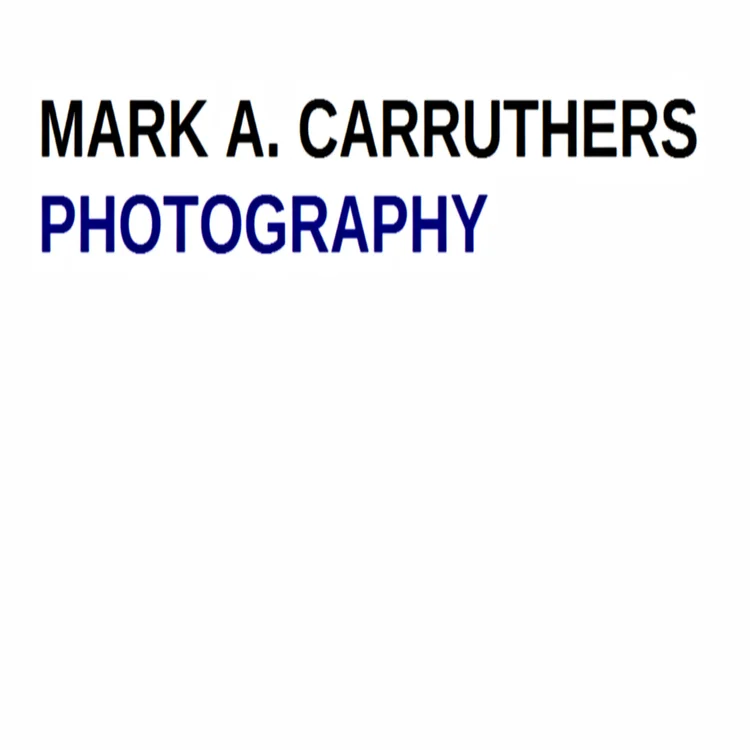“Photography has no rules. It’s not a sport.”
~ Said Every Photographer ~
Intentional camera blur (ICB) or motion photography is more popular than ever these days. I’ve always admired the creativity of this style and should do it more often! It’s a brilliant form of photography where you use a slow shutter speed to bring out your inner Picasso.
Rockland Lake, NY
This can be done by panning your subject… a simple technique whereby you follow your subject from left to right or up & down while shooting simultaneously. The slow shutter speed will render an artistic interpretation of the scene.
Some people will prefer to use a tripod while others like the freedom of hand holding the camera. It’s a personal choice, but if your shooting a landscape or something with a distinctive horizon line (i.e. ocean), a tripod with a good ball head is advantageous. It has a higher probability of rendering a crisp horizon line and the desired outcome. You may wish to use a cable release as well to allow one hand to executive the pan while the other trips the shutter.
Is there a correct shutter speed for getting these artistic images? Absolutely… not. It’s personal preference, freedom of expression and often depends on the subject. The slower the shutter speed, the greater the blur or colors you will capture.
Mountaincreek, NJ
US Open - Queens, NY
If you’re shooting sports and the athlete is running, set your camera to shutter priority (Tv on Canon) and try 1/15 or 1/20 of a second. Over the years, I’ve found this to be a good shutter speed for most sports. Pan or move your camera at the same speed as the athlete running past you. You normally want your athlete to be on a horizontal plane with you. If they are running past you (as opposed to away from you), it’s often easier to get the desired outcome. A smooth and steady panning technique coupled with using the built in motor drive on your camera (frames per second) will increase the likelihood of getting a winning image(s).
If the subject(s) happens to be still or motionless (i.e. trees, rocks, buildings), choose the speed that matches your end objective. Remember, one speed doesn’t fit all when panning. Moving your camera at the desired speed will provide a corresponding amount of motion or blur. The slower the shutter speed, the more abstract the image(s). This is where experimenting becomes your best friend. Trial & error is the name of the game. Take a few images and then look at your camera back. If you didn’t obtain the desired outcome… wash/rinse/repeat… take as many pictures as need be.
Most of us will shoot our ICB images in the left/right format. This seems to be more common than panning north/south for some reason. Both can be highly effective and you may wish to shoot the same subject in both formats and decide which one you prefer at a later time.
Westerly, RI (iPhone 12 Pro Max w/Slow Shutter app)
Exposure times from 1/2 second or longer may be an appropriate for this endeavor. The artistic world is your oyster, explore the spectrum of possibilities and don’t be surprised by the number of unacceptable frames that will result (read: crappy). You’re going to have a high throw away rate (%) and it’s normal. Par for the course. The delete button may become your best friend. Seriously… don’t get frustrated. Nobody is going to judge you on winners (%) vs losers (%)… they’re only going to see the few select Pulitzer Prize winners and say ‘Boom goes the dynamite’ (insert smile).
The beauty of this process is not just the final image though, but the rendering of a one of a kind picture. It’s difficult… if not impossible… to replicate a motion/blur image. I’ve always felt painters have the edge over photographers in that every piece of work they create is truly unique. Here’s where photographers can level the playing field as every ICB image is like a finger print… it too is truly special and virtually impossible to duplicate.
Paris, France
There are a few additional ways to create ICB images: One pertains to using a zoom lens and spinning the lens during the exposure (some zooms may be push/pull). You hold the camera steady and zoom the lens to or from. For example, if you’re using a 24mm-105mm lens, you can zoom from 24mm to 105mm during your exposure or 105mm to 24mm. No right or wrong direction, just personal choice. The 2nd option is what’s often referred to as ‘down the drain’. In this technique, you zoom as well, but instead turn the camera while holding the lens steady. The end result can be pure magic as it has a circular spin feel with the image making a circle pattern in your frame (see red tree above).
Paris, France






